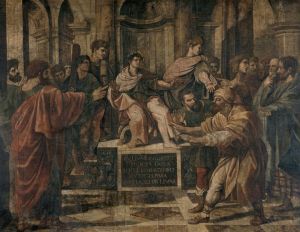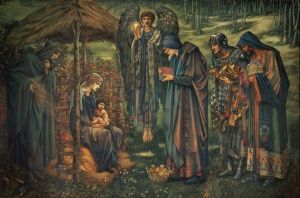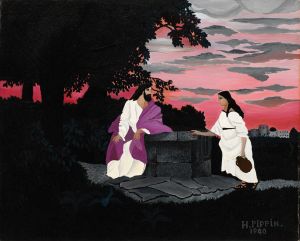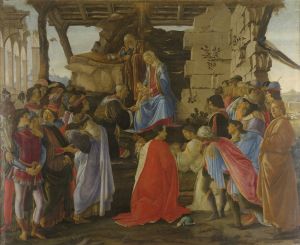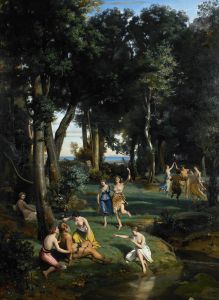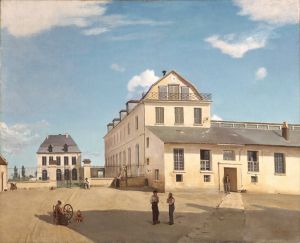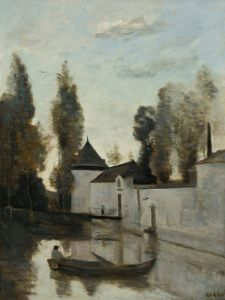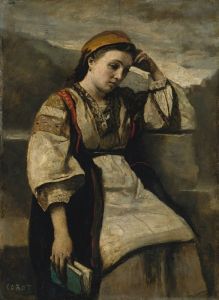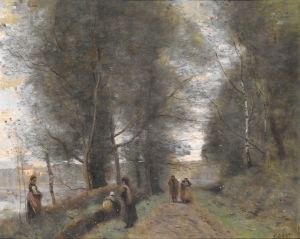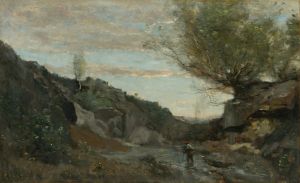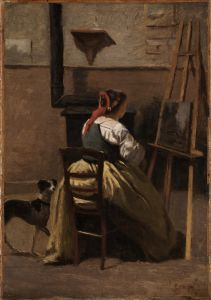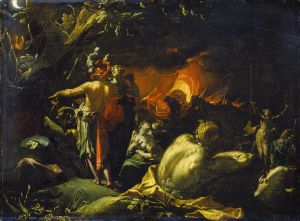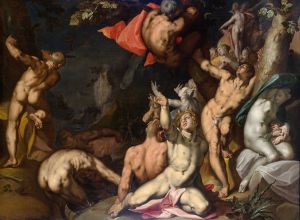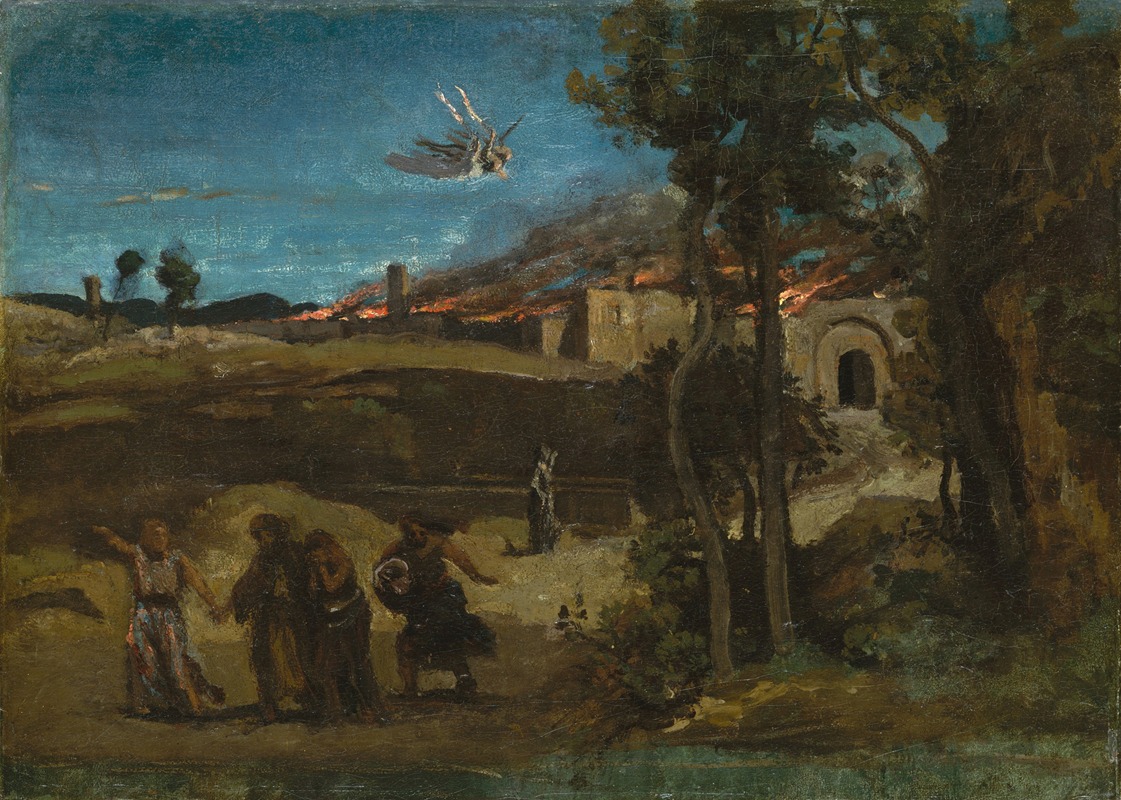
Study for ‘The Destruction of Sodom’
A hand-painted replica of Jean-Baptiste-Camille Corot’s masterpiece Study for ‘The Destruction of Sodom’, meticulously crafted by professional artists to capture the true essence of the original. Each piece is created with museum-quality canvas and rare mineral pigments, carefully painted by experienced artists with delicate brushstrokes and rich, layered colors to perfectly recreate the texture of the original artwork. Unlike machine-printed reproductions, this hand-painted version brings the painting to life, infused with the artist’s emotions and skill in every stroke. Whether for personal collection or home decoration, it instantly elevates the artistic atmosphere of any space.
Jean-Baptiste-Camille Corot (1796-1875) was a prominent French landscape and portrait painter, known for his significant contributions to the Barbizon School and his influence on the development of Impressionism. One of his notable works is the "Study for ‘The Destruction of Sodom’," which showcases his mastery in capturing dramatic landscapes and biblical themes.
"Study for ‘The Destruction of Sodom’" is a preparatory work for a larger painting that depicts the biblical story of the destruction of Sodom and Gomorrah, as recounted in the Book of Genesis. In this narrative, God decides to destroy the cities of Sodom and Gomorrah due to their inhabitants' sinful behavior. However, God allows Lot and his family to escape, instructing them not to look back at the burning cities. Lot's wife, disobeying this command, turns into a pillar of salt.
Corot's study captures the moment of divine retribution with a focus on the dramatic landscape rather than the human figures. The painting is characterized by its atmospheric effects, a hallmark of Corot's style, which he achieved through his adept use of light and shadow. The sky is often depicted with turbulent clouds, suggesting the impending doom and divine wrath. The landscape is rendered with a sense of depth and movement, emphasizing the chaos and destruction that is about to unfold.
Corot's technique in this study involves loose brushwork and a muted color palette, which creates a somber and foreboding mood. His ability to convey emotion through the landscape itself, rather than relying heavily on the depiction of human figures, is a testament to his skill as a landscape artist. This approach allows viewers to feel the weight of the biblical event through the natural elements depicted in the painting.
The "Study for ‘The Destruction of Sodom’" reflects Corot's interest in combining classical themes with his own innovative approach to landscape painting. While he was influenced by the classical tradition and the works of earlier masters, Corot's unique style and his focus on the natural environment set him apart from his contemporaries. His studies and preparatory works, such as this one, provide valuable insight into his creative process and his ability to blend narrative content with atmospheric landscapes.
Corot's contributions to art were widely recognized during his lifetime, and he received numerous accolades and honors. His works were exhibited in the Paris Salon, and he was awarded the Legion of Honor. Today, Corot is celebrated as a pivotal figure in the transition from traditional landscape painting to the more modern approaches that would later be embraced by the Impressionists.
In summary, "Study for ‘The Destruction of Sodom’" by Jean-Baptiste-Camille Corot is a significant work that exemplifies the artist's skill in capturing dramatic biblical scenes through his innovative landscape techniques. The study highlights Corot's ability to convey powerful emotions and narratives through the natural environment, solidifying his legacy as a master of landscape painting.





